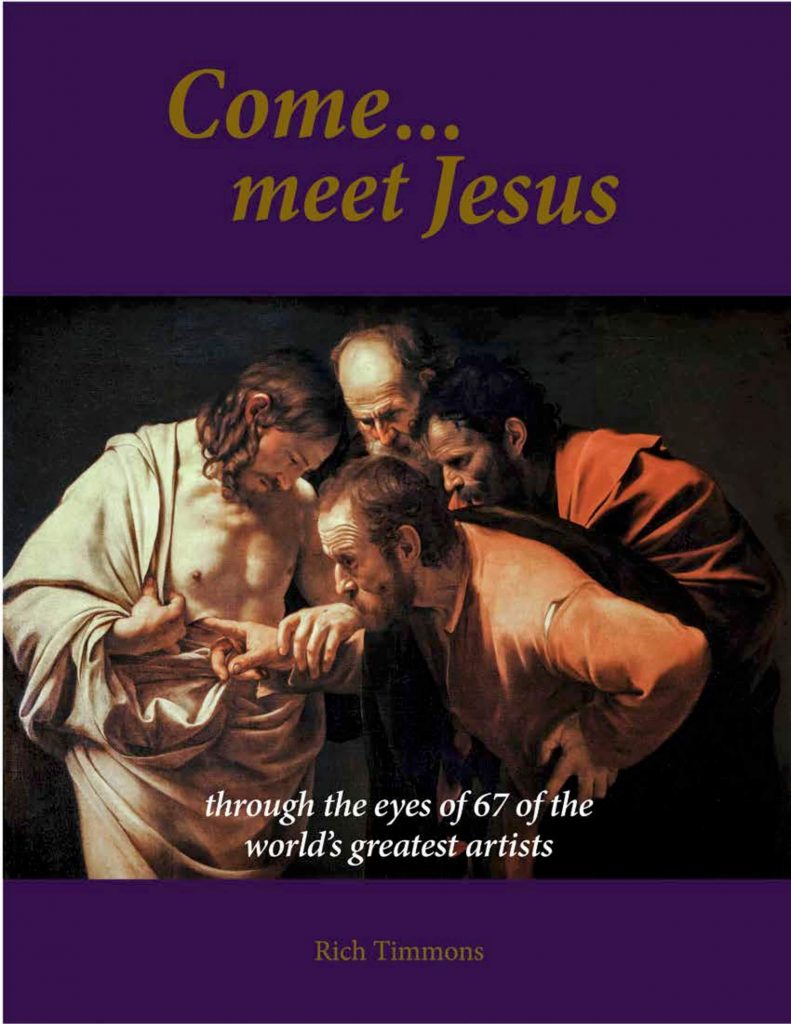When the angels went away from them into heaven, the shepherds said to one another, “Let us go over to Bethlehem and see this thing that has happened, which the Lord has made known to us.” And they went with haste and found Mary and Joseph, and the baby lying in a manger. Luke 2:15-16
Every woman who has had a baby knows that giving birth for the first time is massively overwhelming. Your body has been through and done things you never thought possible. The range of emotional experience is huge… powerful love, humbling wonder, confusion, exhaustion, even emptiness from the trauma, fear and protectiveness… everything is new and strange and will never be the same again. Imagine experiencing that far from home, in a dirty stable, invaded by a group of rough-looking (and speaking, and smelling) group of strangers bursting in!
That is what Caravaggio, the great Baroque master, is communicating here in this painting of the nativity. It is not the usual posed, grand, symmetrical, kneeling representation of the nativity, although it is, of course, composed and there is some kneeling. Mary is worn out, reclined and leaning on the edge of the feeding trough filled with hay out of which a few animals nibble in the shadows, not minding all the company. She is absorbed in her baby, holding Him close and pressing her cheek against His soft new little head that has that particular new-baby smell. Her calm, quiet, diagonal pose acts as a counter and a stopping point to the opposing diagonal of shepherds. The way their bodies are crowded together and the way the light tumbles across their faces in Caravaggio’s signature chiaroscuro style, makes them seem like they literally just rushed in, running from the fields where the angels met them. There He is, the baby Messiah. Joseph, identified by a faint halo, like Mary, gathers with them equally still in awe of what just happened, a feeling familiar to every father and amplified by the fact that this is no ordinary child: this is the Savior. But the beauty and power of this painting are really in its ordinary-ness, though this gained Caravaggio a lot of criticism in his lifetime. The figures, even Mary, are all poor, barefoot, rough, and not particularly attractive. The setting is dark and common. But that is what God did. He sent His Son into our dark, common, dirty world as one of us, poor and not particularly attractive. That is cause for wonder and adoration.
Painting found in the Regional Museum of Messina, Sicily, Italy.
Want to see more? Like, follow & share… https://www.facebook.com/comemeetjesus.art
Shop coffee table books at https://www.comemeetjesus.art


